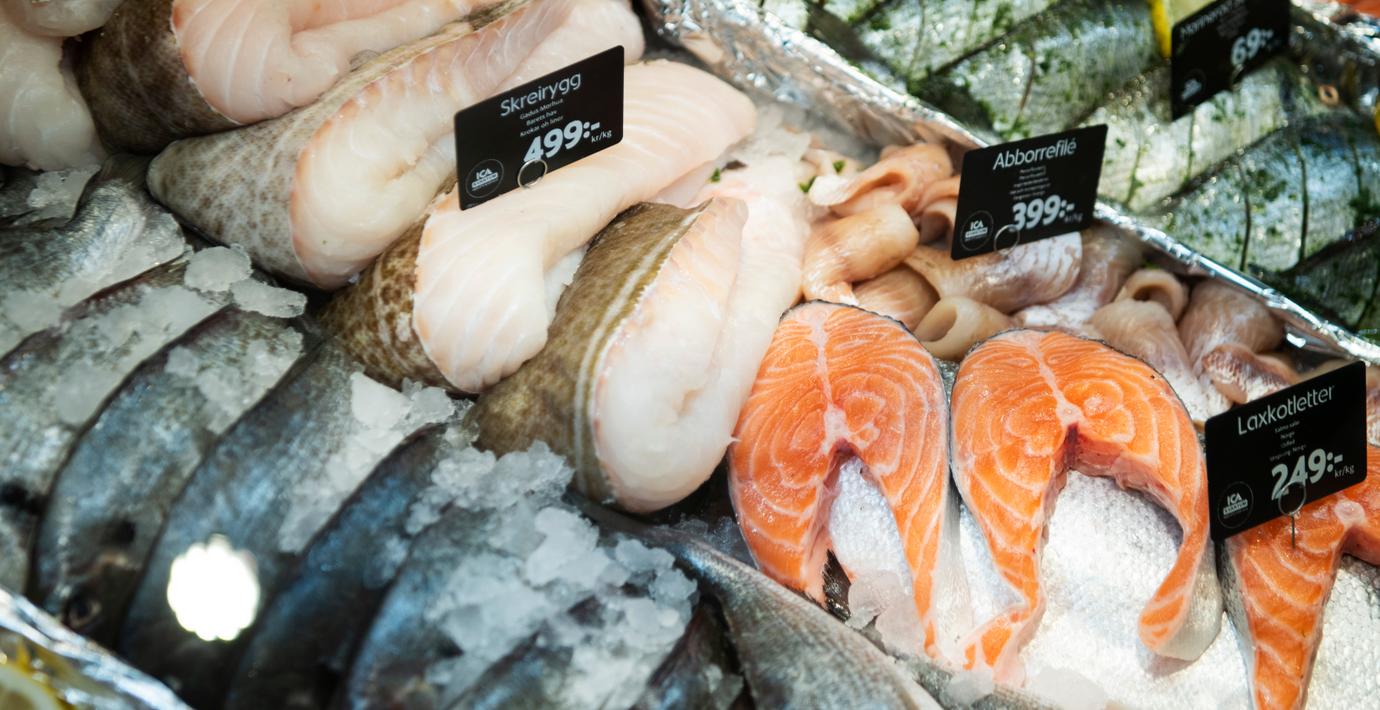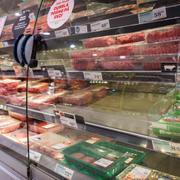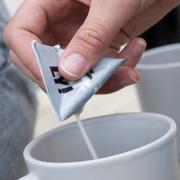
Rapport: Höga halter miljögift i matfisk
En ny rapport visar att svensk fisk kan innehålla högre halter av miljögiftet PFAS än vad EU:s hälsobaserade riksvärde tillåter. Det skriver Dagens Nyheter.
Högst halter av miljögiftet hade lax från Vänern, Bottenviken och gös från Mälaren och Hjälmaren.
En portion gös från Mälaren kan exempelvis innehålla 10 till 16 gånger så mycket PFAS än vad en person bör få i sig per dag.
Men även om fiskarna överskrider EU:s riktvärde så klarar de gränsvärdet för att säljas i butik.
– Det här visar att även mat som är godkänd att sälja kan leda till att man får portioner som hamnar över det hälsobaserade riktvärdet, säger Mattias Öberg, forskare i toxikologi vid Karolinska institutet till tidningen.
bakgrund
PFAS
Wikipedia (en)
Per- and polyfluoroalkyl substances (PFASs) are a group of synthetic organofluorine chemical compounds that have multiple fluorine atoms attached to an alkyl chain. An early definition, from 2011, required that they contain at least one perfluoroalkyl moiety, –CnF2n+1–. Beginning in 2021, the Organisation for Economic Co-operation and Development (OECD) expanded their terminology, stating that "PFASs are defined as fluorinated substances that contain at least one fully fluorinated methyl or methylene carbon atom (without any H/Cl/Br/I atom attached to it), i.e. with a few noted exceptions, any chemical with at least a perfluorinated methyl group (–CF3) or a perfluorinated methylene group (–CF2–) is a PFAS."According to the OECD, at least 4,730 distinct PFASs that contain at least three perfluorinated carbon atoms are known. The United States Environmental Protection Agency's (EPA) toxicity database, DSSTox, lists 14,735 unique PFAS chemical compounds, while PubChem lists approximately 6 million. The fluorinated surfactants or fluorosurfactants subgroup has a fluorinated "tail" and a hydrophilic "head" and are thus considered surfactants. These are more effective at reducing the surface tension of water than comparable hydrocarbon surfactants. They include the perfluorosulfonic acids, such as perfluorooctanesulfonic acid (PFOS), and the perfluorocarboxylic acids like perfluorooctanoic acid (PFOA).
Many PFASs were used in the mid-20th century in products and on materials due to their enhanced water-resistant properties, such as within Teflon or aqueous film forming foam. Only since the start of the 21st century has the environmental impact and toxicity to human and mammalian life been studied in depth. PFOS, PFOA and other PFASs are commonly described as persistent organic pollutants or "forever chemicals" because they remain in the environment for long periods of time. Residues have been detected in humans and wildlife, prompting concern about impacts to health. According to the National Academies of Sciences, Engineering, and Medicine, PFAS exposure is linked to increased risk of dyslipidemia (abnormally high cholesterol), suboptimal antibody response, reduced infant and fetal growth, and higher rates of kidney cancer.Health concerns related to PFASs have resulted in numerous litigations (see Timeline of events related to per- and polyfluoroalkyl substances). In 2021, Maine became the first U.S. state to ban these compounds in all products by 2030, except for instances deemed "currently unavoidable".
Omni är politiskt obundna och oberoende. Vi strävar efter att ge fler perspektiv på nyheterna. Har du frågor eller synpunkter kring vår rapportering? Kontakta redaktionen



